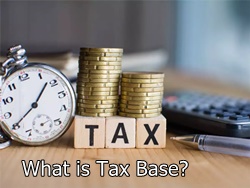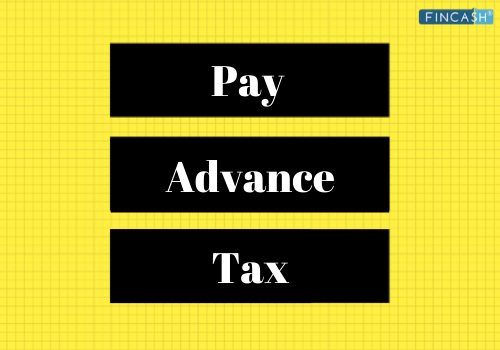What is Tax Base?
A tax base is referred to the total amount of Income or assets that are eligible of being taxed by the taxing authority, generally by the government. Basically, it is used to compute tax liabilities.

Tax base, in a way, can be in a variety of forms, such as property or income.
Explaining the Tax Base
A tax base can be defined as the total value of properties, assets or income in a specific area or a jurisdiction. Calculating the total Tax Liability is an easy road. For this, you would have to multiply the tax base as well as the Tax Rate. Thus, the formula for calculating the tax base is:
Tax liability = Tax base x Tax rate
Also, the rate of imposed tax varies as per the tax type and the total of the tax base. The Gift Tax, income tax, and estate tax are calculated with a different schedule of the tax rate.
Tax Base and Income
To calculate income as a tax base, let’s take corporate or personal income as an example. In this situation, the tax base is referred to the minimum amount of annual income that is taxable. Income tax is computed on both net income and the personal income generated by businesses.
Using the formula mentioned above, the tax liability of an individual can easily be calculated with certain figures, keeping this scenario in mind. Suppose a person – named X – earned Rs. 1,00,000 in 2019 and the minimum income amount that was subjected to tax was Rs. 10,000 at a tax rate of 10%.
Now, the total liability of X will be:
Rs. 10,000 x 10% = Rs. 1000
The return begins with total income, then Deduction and other expenses. All of these are deducted to get Adjusted Gross Income (AGI). Itemized expenses and deductions decrease AGI to compute the tax base. And then, the personal tax rates are based on the total income that is taxable.
As per the outcome of the Alternative Minimum Tax (AMT) calculations, the tax base of an individual taxpayer can change. Under AMT, the individual is needed to adjust initial tax calculation so as to add extra items to the return.
Talk to our investment specialist
This way, both the related tax liability and the tax base increase. However, what needs to be noted here is that in case the AMT generated a high tax liability than the initial computation, then the taxpayer will have to pay a higher amount.
All efforts have been made to ensure the information provided here is accurate. However, no guarantees are made regarding correctness of data. Please verify with scheme information document before making any investment.












